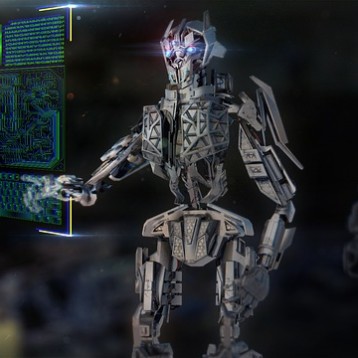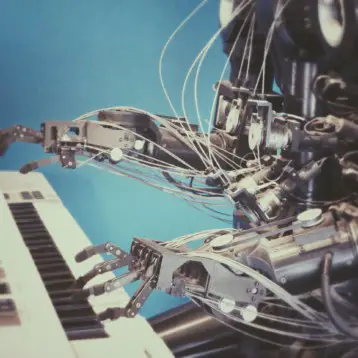An improved version of crafts originally developed in 2004, the STARMAC doubles the efficiency and quadruples the thrust of the previous iteration. The onboard processing power was also significantly improved. In addition, the communication protocol was changed from Bluetooth to a wireless internet connection (Wi-FI), increasing the bandwidth and range of the signals as well as the number of simultaneous channels available.
Perhaps the best improvement in the new vehicles is in the accuracy of their positional measurements. The old version could detect positions only to within 3-5 meters but a 10 Hz carrier phase differential positioning system developed at Stanford reduced that to less than 2 centimeters.
The STARMAC uses a variety of onboard computing resources including a Gumstix Robostix microcontroller board, a Stargate single board computer using an Xscale PXA255 microprocessor, a PC104 board running Ubuntu Linux controlling the automation, a Superstar II Differential GPS receiver, a 3DM-GX1 Inertial Measurement Unit, and a Sonic Rangefinder. This abundance of hardware constitutes a slightly larger payload than earlier versions requiring a slight increase in its physical size, but the designers deem that an acceptable tradeoff for the major increase in power and capability.
The new STARMAC vehicles can fly both indoors and outdoor, perform autonomous operations by reacting to the data they sense, can be easily reconfigured for a variety of tasks, and have lower maintenance requirements than their predecessors. Tests have already been performed involving two craft simultaneously and researchers plan to ramp up to the full slate of six in the near future.
TFOT has written about other unmanned aircraft including the Hummingbird unmanned helicopter developed by Boeing for DARPA, the Honeywell miniature unmanned rotocraft also developed for DARPA, an unmanned helicopter designed for aerial photography, and a six inch spy plane inspired by bats.
For more information on STARMAC, visit the STARMAC section of the Hybrid Systems Laboratory website.










